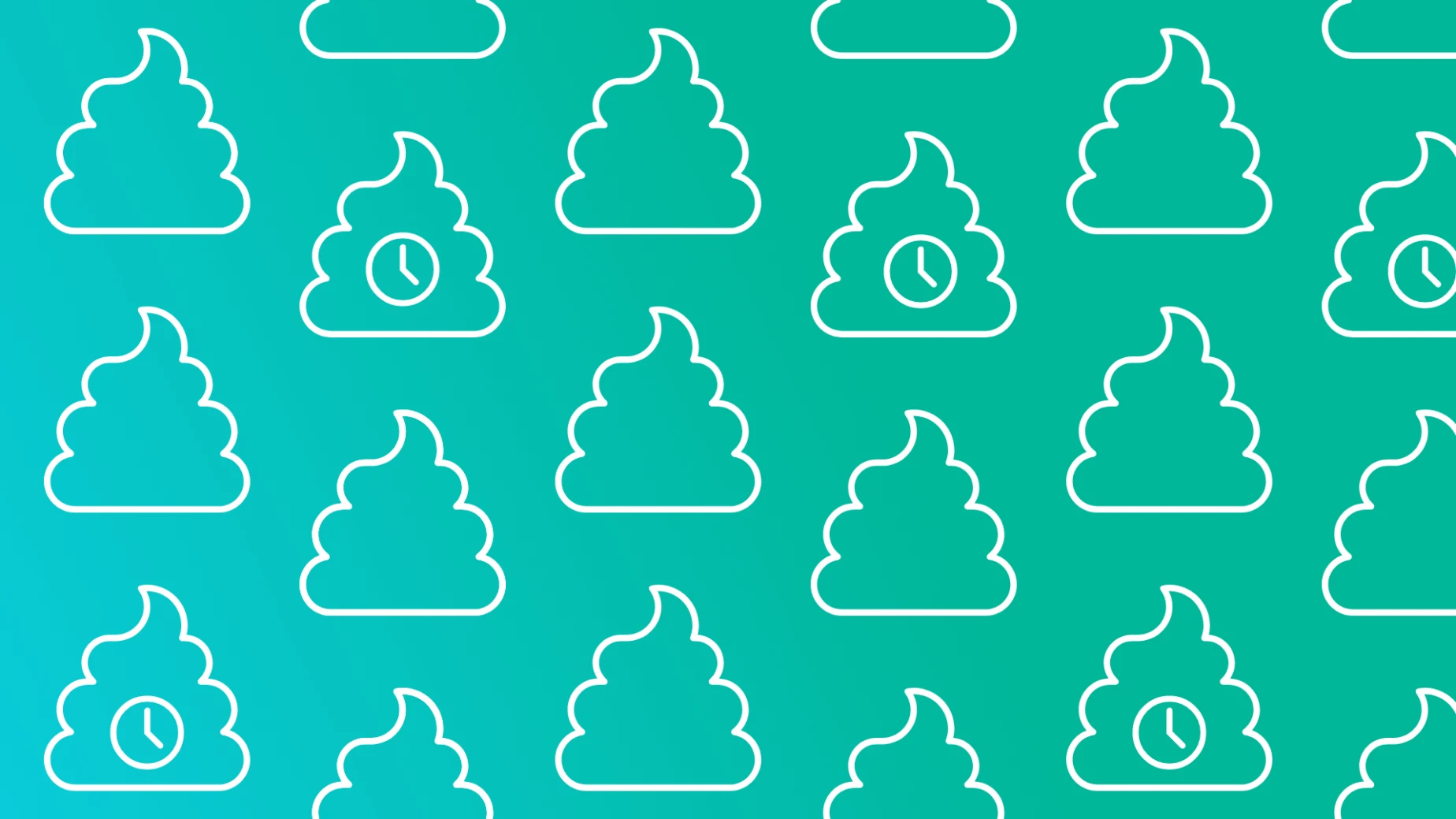Our guts are much less diverse than they used to be 2000 years ago. Scientists believe that our ancient gut microbiomes may give clues for the chronic conditions of today.
Loss of diversity in the gut microbiome is connected with chronic disease1. Inspired by this knowledge, researchers decided to investigate our ancestral gut microbiome.
Our Ancestral Gut
The scientists found microbes that were completely absent from the gut microbiome today.
Our Microbiomes Changed
The results were remarkable. The team discovered species never been seen in the modern microbiome. Out of 158 genomes, 61 were completely unknown to science – almost 40 percent!
Out of 158 genomes, 61 were completely unknown to science – almost 40 percent!
Overall, the ancestral guts more similar to non-industrialized microbiomes, and had:
- Lower abundance of antibiotic-resistance genes
- Fewer genes that make proteins to degrade glycans (sugar molecules found in mucus.) Mucus degradation in the colon is associated with diseases such as Crohn’s disease, Celiac disease and Ulcerative Colitis.
- Higher numbers of transposases – enzymes that can cut, paste and replicate elements of DNA, which help with adaptation.
Mucus degradation in the colon is associated with diseases such as Crohn’s disease, Celiac disease and Ulcerative Colitis.
Ultimately, it appears the ancestral microbes were adapting to environmental shifts that were much more frequent than today. More transposases would therefore be necessary.
Diet & Diversity
Microbiome diversity, the researchers believe, has something to do with diet diversity.
“In ancient cultures, the foods you’re eating are very diverse and can support a more eclectic collection of microbes,” says microbiologist Alexsandar Kostic of the Joslin Diabetes Center. “But as you move toward industrialization and more of a grocery-store diet, you lose a lot of nutrients that help to support a more diverse microbiome.”
“In ancient cultures, the foods you’re eating are very diverse and can support a more eclectic collection of microbes.”
The way our evolving microbiome influence our health remains unclear, but – even with a small sample size – this study does show that studying our ancestral guts can offer insights we can use to improve our health in the future.
As the team concludes: “Similar future studies tapping into the richness of palaeofeces will not only expand our knowledge of the human microbiome, but may also lead to the development of approaches to restore present-day gut microbiomes to their ancestral state.”



